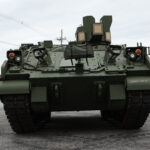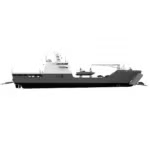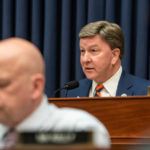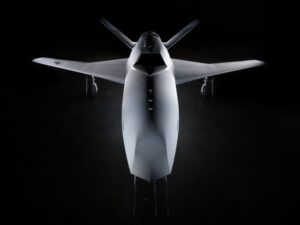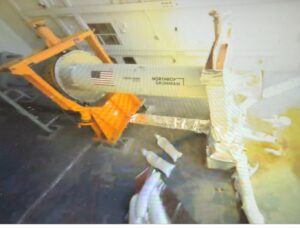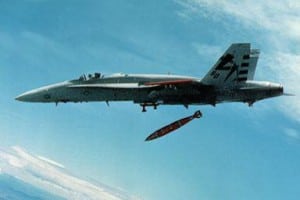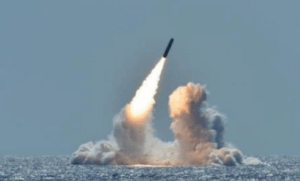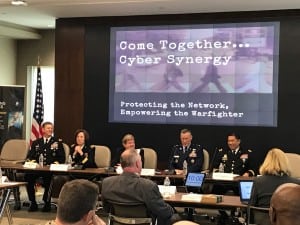
Across the Armed Forces, a widespread cultural change from an information technology (IT)-focused to a more operational-based approach is needed to effectively handle increasing threats in the cyber domain, according to a panel of cyber commanders speaking at an Association of the United States Army event on Thursday.Leaders from the Army, Navy and Air Force spoke on their push to fundamentally change the approach to protecting their networks and build on their “cyber synergy,” especially in light of the recent…

 By
By 
